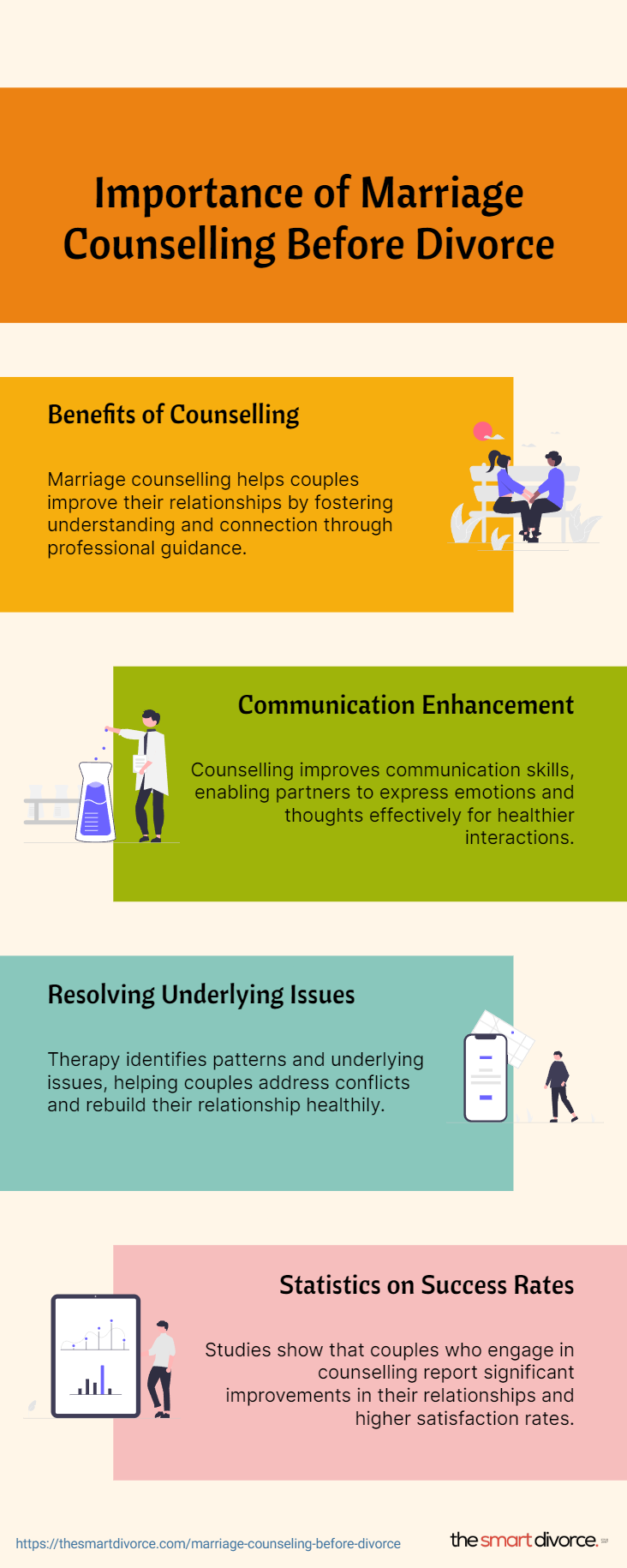A Biased View of Aim Point Counseling
Wiki Article
The Facts About Aim Point Counseling Uncovered
Table of ContentsThe Aim Point Counseling IdeasExcitement About Aim Point CounselingRumored Buzz on Aim Point CounselingThe Of Aim Point CounselingThe Definitive Guide for Aim Point CounselingAim Point Counseling - An Overview
The longitudinal layout involves a pre-treatment study and 2 follow-up surveys at 3- and 12-months post-intervention. The research is set in 8 Relationships Australia Victoria centres, throughout municipal, external suburbs, and regional/rural websites. Relationships Australia, a non-government organisation, is the largest provider of couple coaching and relationship services in Australia.
In Australia, the typical size of marriage before separation is 8.8 years, and around fifty percent of all separations involve couples with children [1] These high rates of connection malfunction have actually been consistently related to unfavorable wellness effects for both adults and children adhering to divorce/separation. These include isolation from support networks, and lowered income and standard of living for both grownups and children [3], dilemmas of commitment over children for guys, and anxiety and loss of identity for ladies [4,5]
Not known Incorrect Statements About Aim Point Counseling
The impacts of separation and splitting up can be detrimental, research indicates that high partnership disharmony in undamaged pairs is also likely to have negative end results.Moreover, elements that influence the end results of these services need complete investigation. Study to day has actually determined both couple and specific variables that might add to partnership dissonance. These consist of connection contentment and commitment at the pair degree, and anxiety at the individual level. Durable research study to evaluate relationship-enhancing treatments in the neighborhood are scarce.
Not known Facts About Aim Point Counseling
Partnership satisfaction has actually been one of the most common outcome variable recognized in more than 200 evaluations of pair therapy [11,12] Research studies have located considerable improvements in relationship satisfaction from pre- to post-treatment [13,14] and over the course of one to 2 years following coaching [15] In these research studies, connection fulfillment was most often evaluated using the Dyadic Adjustment Range (DAS) [16] While many research studies show improvements in partnership fulfillment following couple coaching, they are restricted by the samples and procedures made use of, mainly short-term follow-up time structures, and evaluations that do not account for the dyadic nature of couple data., is one more generally checked out connection outcome.To summarise, research study suggests that couple-specific variables in addition to specific factors may forecast the outcomes of couple coaching and connection solutions. The causal instructions of these relationships, however, is less clear. These observations are essential, since, to justify and direct the application of connection solutions such as pair coaching, empirical proof has to check out both the end results of partnership solutions and the elements that forecast effective therapy.
As a result, there is a growing consensus that effectiveness researches should be complemented by efficiency research to best educate professional practice [ 29] The limited efficiency research that exists to date recommends that couple therapy can boost end results such as relationship complete satisfaction [33,43], interaction abilities and general wellness [44], a minimum of in some European countries.

We currently know little regarding the accounts of couples who look for out relationship education and learning contrasted with those that look for partnership therapy, or the end results of these programs. Anecdotal evidence recommends that there might be substantial distress among at least some couples looking for connection education and learning.
The Buzz on Aim Point Counseling
Comments involves individuals completing questionnaires concerning their relationship (e.g. measures of interpersonal troubles), and obtaining details on what their ratings suggest. Cognitive-behavioural approaches promote changing cognitions to help with favorable relationships.These effects have actually continued for approximately 4 years in some studies [47] These meta-analyses highlight constraints in the existing literary works on relationship education and learning. Specifically, most of studies included pairs from upper socio-economic backgrounds who were not experiencing high connection dissonance [47,48] This sample account may not represent customers that commonly present for partnership education and learning.
The 5-Minute Rule for Aim Point Counseling

Really little research has taken a look at the comparative benefits of pair counselling and connection education and learning programs. As customers are likely to self-select right into these solution types, it is unclear whether particular relationship distress profiles existing per service kind, or indeed whether there is an interaction in between presenting account, service kind and result.
(https://a1mpoint.mystrikingly.com/)
Thus, we have actually included a 12-month follow-up to determine longer-term trends and effects. The research makes use of a number of standardized outcome measures given that some previous investigations have actually been criticised for their lack of standardised evaluation [50] Lastly, making use of analytical evaluations that presume self-reliance of information, such as t-tests, or ANOVAs, has prevailed in previous research studies [ 44,49]
For that reason, we propose to make use of multi-level statistical modelling treatments that manage for the inter-dependence of couple information to evaluate any therapy impacts. The certain aims of the ECC research study are to: 1. Map accounts of clients looking for area agency-based couple coaching vs. relationship enhancement programs in regards to socio-demographic and connection indicators (such as connection find more complete satisfaction, partnership commitment, social problems, and factors for attending), along with health (such as clinical depression, general well-being) and health solution use (eg.
2. Figure out whether pair counselling and connection education services boost 3- and twelve-month outcomes for partnership complete satisfaction, dedication, and anxiety, utilizing statistical analyses appropriate to combine information. 3. Establish the relative contributions of customer variables (individual and couple) and therapy/education aspects to end results at 3- and 12-months, and to sustainability of outcomes in time.
Not known Factual Statements About Aim Point Counseling
Multi-level modelling to identify pre-post distinctions, managing for dyadic (couple) degree. To add to the literary works analyzing the effectiveness of community-based pair counselling.Report this wiki page